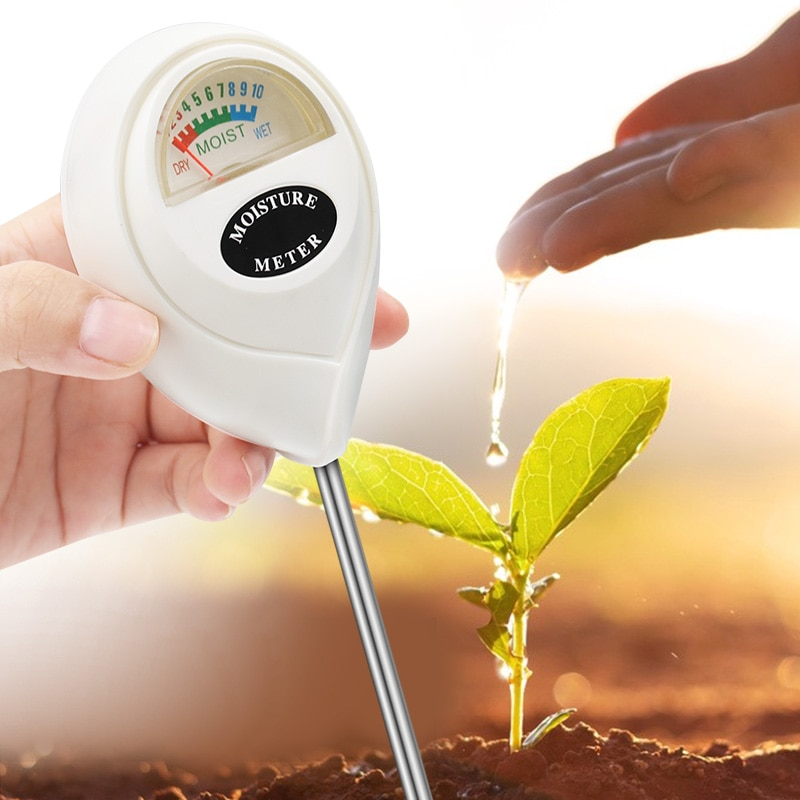
If you're new to gardening, using a soil moisture meter can be a bit overwhelming. But with the Greenscape's soil moisture meter chart, you can easily determine the moisture level of your soil and ensure your plants are getting the right amount of water. This guide breaks down the chart and makes it easy to understand, so you can confidently care for your plants.
What is a Greenscape's soil moisture meter?
A Greenscape's soil moisture meter is a tool used to measure the moisture level of soil. It consists of a probe that is inserted into the soil and a gauge that displays the moisture level. This tool is especially useful for gardeners who want to ensure their plants are getting the right amount of water. The Greenscapes soil moisture meter chart helps interpret the readings and determine if the soil is too dry, too wet, or just right for your plants.
How to use the Greenscape's soil moisture meter chart.
Using the Greenscape's soil moisture meter chart may seem daunting at first, but it's actually quite simple. First, take a reading with the moisture meter probe and note the number on the gauge. Then, refer to the chart to see what the number means. If the number falls within the "optimal" range, your soil moisture level is just right. If it falls within the "too dry" range, you'll need to water your plants more. If it falls within the "too wet" range, you'll need to cut back on watering. With a little practice, you'll be able to use the Greenscapes soil moisture meter chart with ease.
Understanding the different moisture levels and what they mean.
The Greenscape's soil moisture meter chart is divided into three sections: "optimal," "too dry," and "too wet." The optimal range is typically between 4 and 7 on the gauge, depending on the type of plant you are growing. This range indicates that the soil has enough moisture to support healthy plant growth without being too wet. The "too dry" range is typically below 3 on the gauge and indicates that the soil is too dry and needs to be watered. The "too wet" range is typically above 7 on the gauge and indicates that the soil is too wet and may be at risk for root rot or other issues. By understanding these different moisture levels and what they mean, you can ensure that your plants are getting the right amount of water for optimal growth.
Tips for using the Greenscape's soil moisture meter effectively.
To use the Greenscape's soil moisture meter effectively, it's important to take readings in multiple areas around your plants, as moisture levels can vary within a single container or garden bed. Make sure to insert the probe deep enough into the soil to get an accurate reading, and avoid hitting any roots or hard objects. It's also a good idea to take readings at different times of day, as moisture levels can fluctuate depending on factors like temperature and sunlight. Finally, be sure to clean and dry the probe after each use to prevent contamination and ensure accurate readings.
Benefits of using a soil moisture meter for your plants and garden.
Using a soil moisture meter can have many benefits for your plants and garden. By monitoring the moisture levels in your soil, you can ensure that your plants are getting the right amount of water they need to thrive. Overwatering can lead to root rot and other issues, while underwatering can cause your plants to wilt and die. With a soil moisture meter, you can avoid these problems and save water by only watering when necessary. Additionally, using a soil moisture meter can help you identify any drainage issues in your soil, allowing you to make necessary adjustments to improve the health of your plants.



